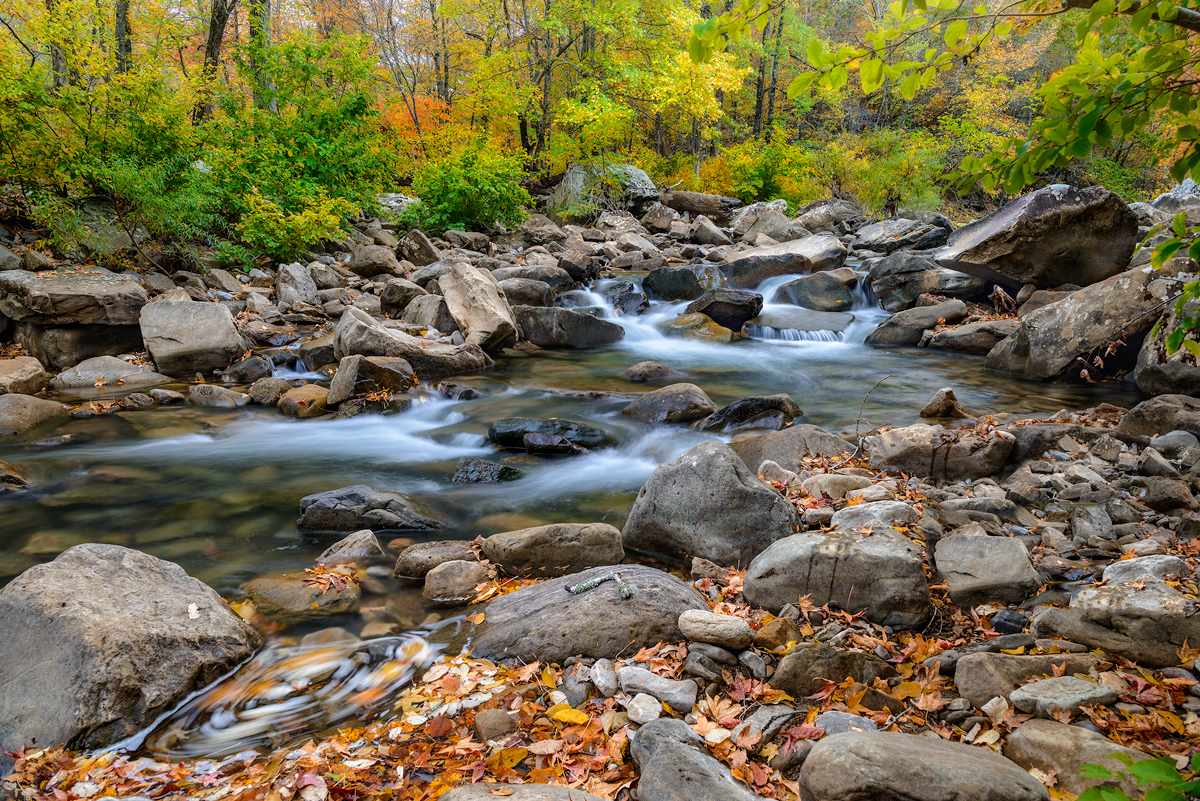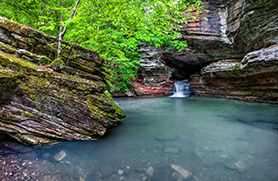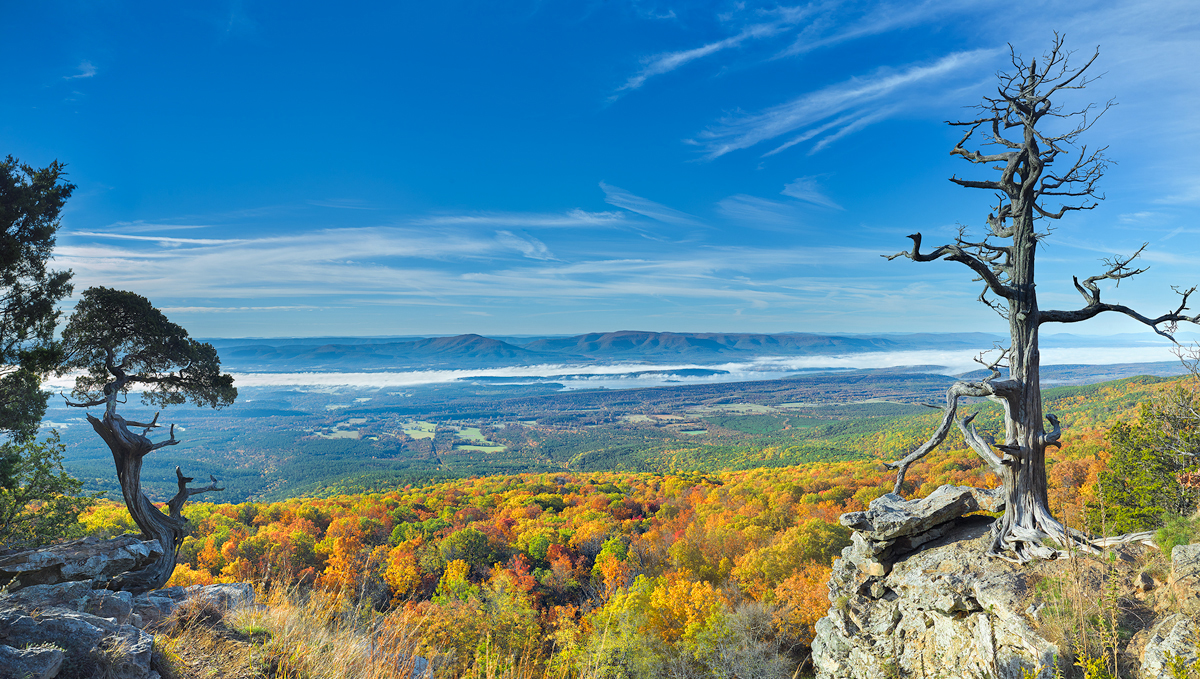I have always enjoyed reading Popular Photography’s lab reviews on new cameras. Over the years I have always found their reviews to be very accurate and straight to the point. In fact many purchasing decisions I have made have been influenced by reading a review of the product in Popular Photography, so I was surprised after reading the reviews of both the Canon 5D MKIII and Nikon D800 in the July 2012 magazine. I should also preface this by stating that I have been a 100% satisfied Canon shooter since 1999, and have used their Digital solutions since 2003. However with the release of the Nikon D800, I have begun a long process of moving back to Nikon.
In the review of the Nikon D800, I felt that Popular Photography missed one key point, and this is very key, the Dynamic Range of the sensor. The D800 scored 95 in the Dxomark tests, which is the highest score of any Digital Camera ever produced, including the highly placed Phase One IQ180. The fact that you can underexposed the D800 by as much as 4 stops and still pull up the shadows is an amazing feat. Where as if you try this with a Canon %D MKIII, you will just get an extreme amount of noise in those same shadows. To me this capability means that you have so much more leeway when shooting, You can go ahead and expose for your highlights, (which if you blowout will be always gone) and then pull up your shadows for amazing details. Again try this with the Canon 5D MKIII, I have and the results are terrible. The Dxomark score of the Canon 5D MKIII is 81, basically the same as the 5D MKII. This is very telling in regards to the dynamic range you can expect from the 5D MKIII
Popular Photography seems to be more focused on two aspects of the Canon 5D MKIII which are:
- The newly designed Auto Focus system
- The higher ISO capabilities of the new 22mp sensor
With the Nikon D800, Popular Photography seems more concerned with:
- The fact that the resulting file sizes from the 36mp sensor are huge
- The fact that the burst speed is not that high at around 3.5 frames/sec
- Performance at higher ISO’s is lacking past ISO 1600
I would like to address each of these briefly.
- Canon’s newly designed AF is impressive. In fact when I first got my hands on the 5D MKIII and started to use the AF, I was very happy. For the first time since I have owned Canon Bodies, 1Ds, 1Ds MKII, 1D, 1Ds MKIII, 5D MKII, 1D MKIV, 7D to name a few, this AF system was amazing. I found that it had a very quick lock and when it was locked was dead on. I also found that the low light capabilities of the new AF system were excellent. 61 AF points of which 41 are cross type and the entire system is phase detection. This along with a very impressive new body design at first glance make for a very impressive new camera.
- Better performance at higher ISO’s with the new 22mp sensor, I found lacking. I was able to shoot a 5D MKIII for a day and mainly used it in the ISO range of 1600 to 3200. I didn’t take it to 6400 or above since for my work these ISO ranges are pretty worthless. When compared to my current 5D MKII, I just didn’t see any real difference between the two cameras from iso 100 up to 3200. I felt that there was a bit less noise in the 5DMKIII files from 1600 to 3200, but it was not that revolutionary as I still saw plenty of noise. And the noise in the files is of the type that is very hard to work with i.e. color noise manly with red and blue being the main culprits. By the time you applied noise reduction to the images you had reduced your output easily from 22mp to more like 16mp. In my testing I did not see that much justification to move up to the 5D MKIII based on higher iso performance.
With Nikon:
- Files sizes are big. If you have been shooting a D700 you will be in for a shock. If you have been working with medium format digital for a few years, the file sizes will not be a shock. I found that the uncompressed raw files were close to the same size as the files from my Phase One P45+, on average around 36mb. Since I never shoot jogs as output, I have not checked the size of the high quality jpg from D800 but it’s safe to assume it will be close to around 32mb. The D800 is not a camera for a casual shoot. One of the biggest problems the price point has created is that many people who will never need 36mp are now able to afford a very good camera that has a 36mp output. They will find quickly enough that their current line up of lenses more than likely will not produce optimum results with the D800, and that their 500GB hard drive is no longer going to hold their files very long. If you upgrade to the D800, plan on upgrading your computer, both for processing power (processor and memory) and for storage (3TB hard drives or a external raid array like a Drobo)
- Burst speed is slow, yes it is. If you are coming from the D700 or D3s you are in for a shock. I would have to say the D800 is a landscape camera or portrait camera, not a camera for sports or quick action shooting. It’s just not going to perform well in these types of environments. Popular Photography was exactly right on their opinion here. The D800 is slow and more than likely a firmware upgrade will not help. One feature here that Nikon has overlooked is the ability to set output for a medium or small raw file. You can change the format from FX to DX and two others and these will make a smaller raw file, but they also are capturing a smaller frame. For certain photographic situations I would like to have the FX size but only capture 20mp in raw as I know that I won’t be needing a larger file. This is one feature that Canon offers that I would like to see Nikon pick up.
- The D800’s higher ISO performance is lacking. This to me is a trade off. Firstly I don’t find the higher iso’s on the D800 to be as bad as Popular Photography states them to be. I would rather have the noise and full resolution in the raw file so that I can work the file in post later on. I didn’t see the magic that Popular Photography saw with the 5D MKIII files, they really looked very close to my 5D MKII files up to 3200 and then past 3200 you started to see some improvement. But to me that’s not a important issue. NO camera that I know of has the ability at iso 6400 and higher to produce a large print. The noise and loss of resolution limit you to around 20 x 30 or smaller. So for my work, even wildlife, iso 2000 is about my tops. I have yet to find any camera abet the new Nikon D4 (which very well might provide workable output up to 6400) For my workflow iso6400 is just not part of the equation. For that matter iso3200 really is not worth it either.
So when it’s all said and done, it comes down to many things to make a decision on either of these camera. I found that the price point of the 5D MKIII @ $3.5K, too much. I liked the new Auto Focus system, but I did not see enough to justify paying out almost 2x the price point of the current 5DMKII. The Nikon D800 with the Dxomark score of 95 has the ability to produce amazing results at the lower iso ranges, from 80 to 400, which for landscape photography are my normal ranges. The fact you can pull up the shadows as much as 4 stops and still have workable details in those areas without extreme noise is truly an amazing feature. I found it easier to justify selling off most of my Canon equipment, rather than waiting on Canon to “maybe” announce a new sensor at the September Photokina show. Even it it’s announced there is no way of knowing if it will have the same Dynamic range as the new D800 sensor.



Recent Comments